One Last Turn: Personal Memories of the Can-Am Era’s Greatest Mechanics, Tuners and Crews
by Martin Rudow & Dave Gaddis
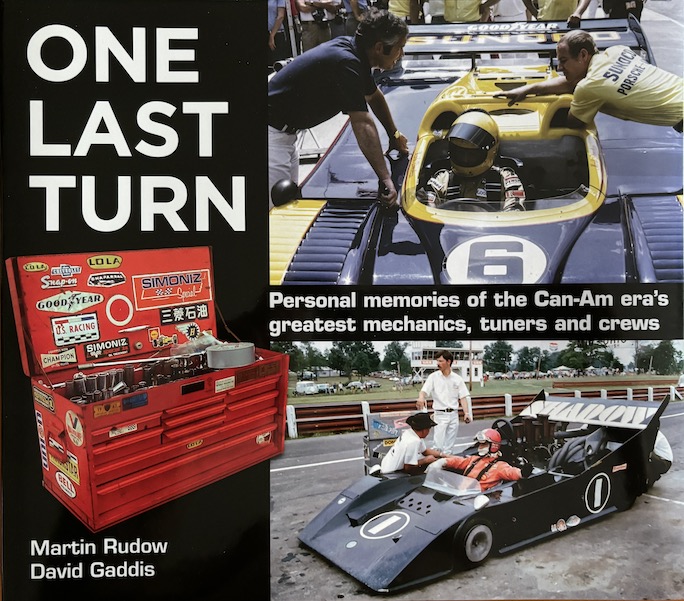
“Now, just in time, ‘One Last Turn’ brings the stories behind those cars and famous drivers we saw on the track, what it took in the shops and the paddocks to have success in USRRC and Can-Am racing, whether that success was measured in taking the overall win or getting a battered car to the starting line just in time to take the green flag and earn vital sponsorship money.”
Presumably the reference to “just in time” is prompted by the fact that two of the 21 men showcased here passed away before this book was completed, not a surprise considering that some of them were born in the 1930s.
You’d have to be quite the ardent motorsports follower to know the names of mechanics, even lead mechanics. It almost doesn’t matter if you do or don’t because a book’s impact is measured by how much it can tell that you didn’t already know. In that regard, the book delivers in spades, and not just about the 1963–68 United States Road Racing Championship (USRRC) and then the replacement Can-Am series but also subsequent racing activities in which these people were involved. Being mindful of the latter aspect will save you from befuddlement when you come across entries in the Index that you would not have associated with the USRRC/Can-Am timeline.
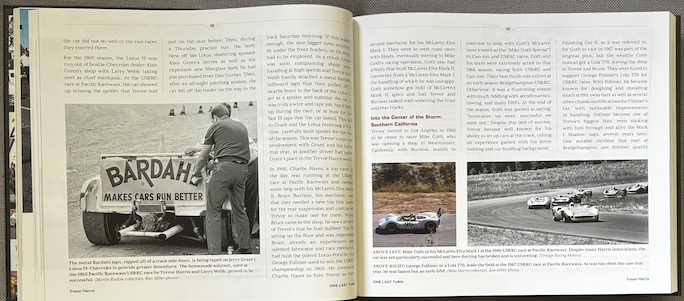
Two different flavors of ingenuity. The left image above is not about an early form of advertising but grabbing a trackside metal sign and taping it to the car to increase downforce (1965). The image below shows a more official solution to the downforce problem: a “snowplow” up front and a big flat wing in the rear.
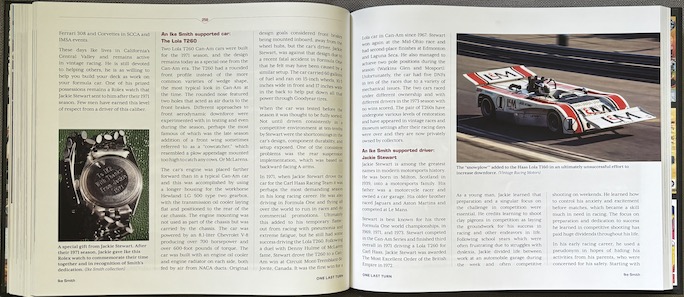
Also of interest: Jackie Stewart sure knew how to show appreciation to his lead mechanic—a Rolex watch, engraved and all.
It is also essential to be mindful of the authors’ criteria for settling on these 21—only 21—because that is an awfully small number: “the mechanic had to be significantly involved in Can-Am or USRRC seasons and had to be available to be interviewed.” A self-limiting but therefore practical approach. Even so, it yielded a big, hefty book that casts a wide net so even if a name you’d have wanted to see among the featured players but isn’t, chances are they’re mentioned anyway.
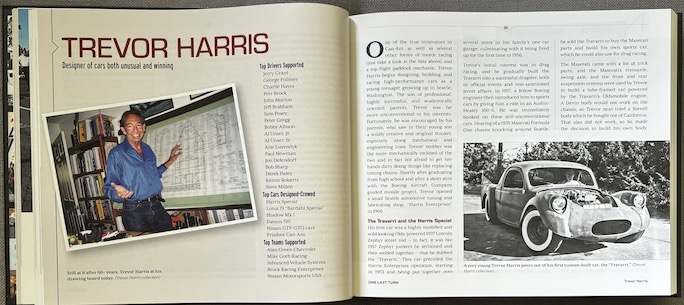
While the 21 men are presented in alphabetical order, the list of highlights (top drivers, top cars, top teams) given for each on the inside column on the chapter opener is in chronological order. Good thinking. Not really related to the core topic of the book, the car on the right is plenty interesting: a homebuilt Travarri.
The men are covered in alphabetical order, each in about 15–20 pages. Since the text is based on interviews there is extensive use of first-person quotes. Just because someone “remembers” something does of course not mean it jives with the facts or represents a wholly rounded POV, in which case you have to trust that veteran author Rudow and motorsports photographer/writer Gaddis will have taken corrective action. That remark sets us up for the next one: the interviews would have been in oral form which means they had to be transcribed, which might explain why there are some odd misspellings (cf. Geoff Brabham but also Jeff B., or Brad Frisselle robbed of one “s” although his eponymous Frissbee car is spelled correctly).
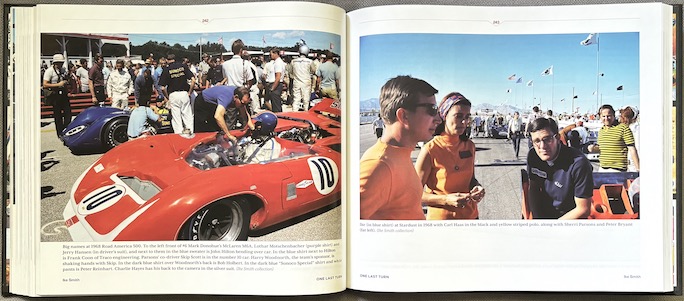
One other thing that distinguishes this book is photos that have not been published before or were never intended for anything more than personal snapshots, as here.
The Foreword is by Motorsports Hall of Famer Brian Redman, which is particularly apropos because he started his racing career wrenching on his own car (a lowly Morris 1000 Traveller he’d actually bought for delivering mops all over England for the family business in case you forgot!).
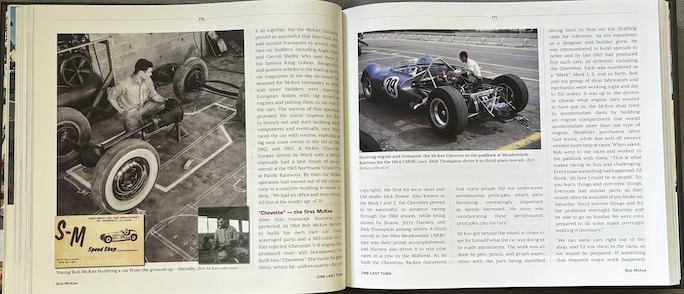
Left: could it be any more basic?
There are plenty of books about WHO won, but this one focuses on the WHY and HOW. Neither the book nor this review tell you much about the backstory to USRRC/Can-Am racing but you probably wouldn’t be reading this review if you didn’t already know that this was the “no rules/anything goes” era, which means the stories contain suitably wild tidbits about the sort of experimenting and tinkering and improvising that is no longer, ahem, encouraged.
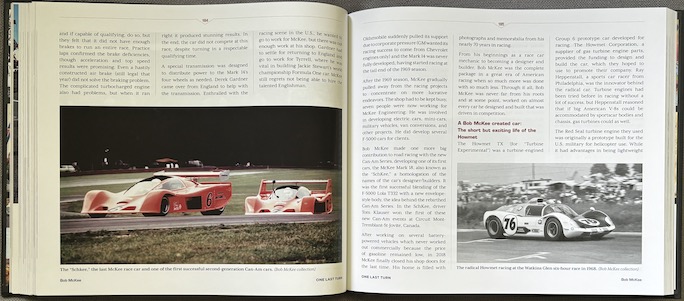
The Howmet on the right looks almost normal even if it is anything but: it’s a turbine car! The Schkee, by the same builder, on the left looks wildly futuristic but was quite slow.
There is a Bibliography (of works cited) and a multi-category Index. Having seen several new titles by this publisher it seems safe to say that the trend towards larger type sizes is here to stay, and most welcome it is.
Copyright 2024, Sabu Advani (Speedreaders.info)


 RSS Feed - Comments
RSS Feed - Comments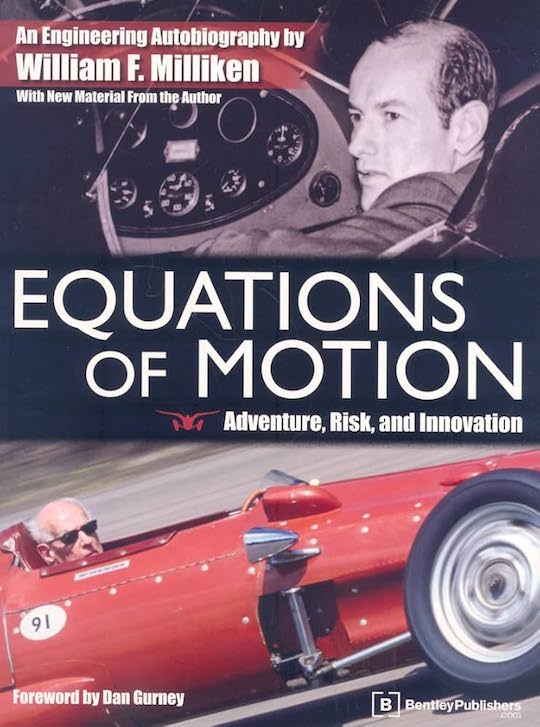
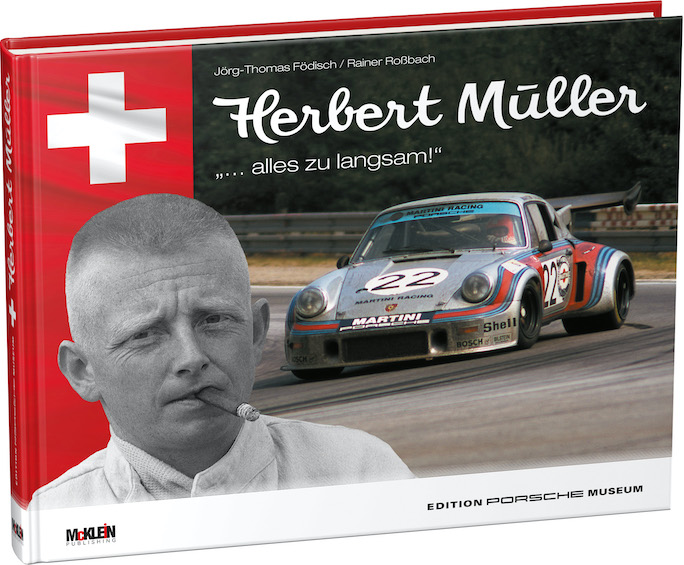
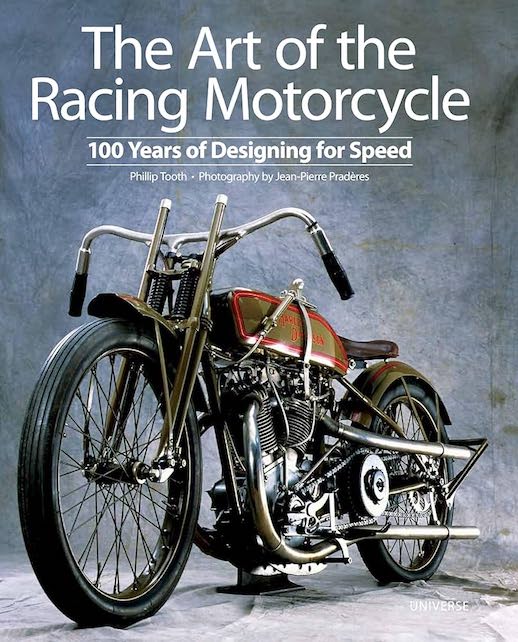
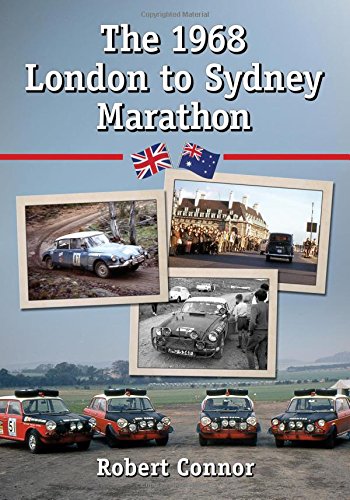
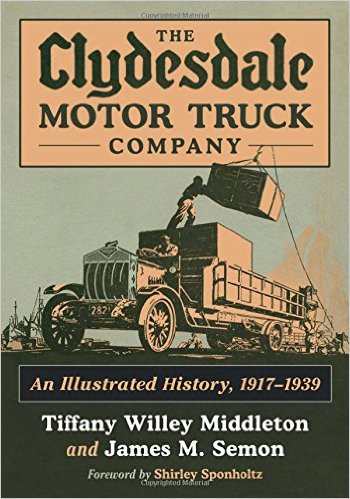
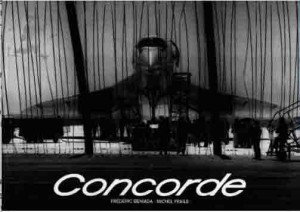
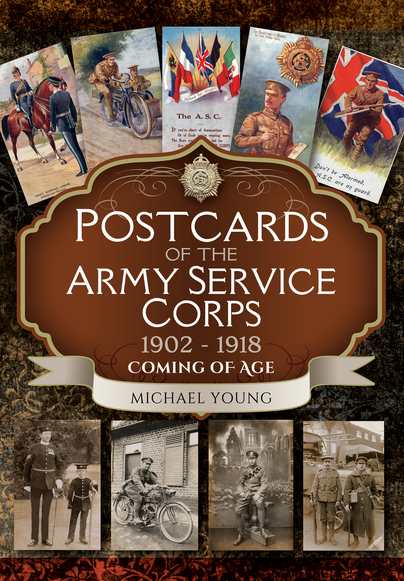
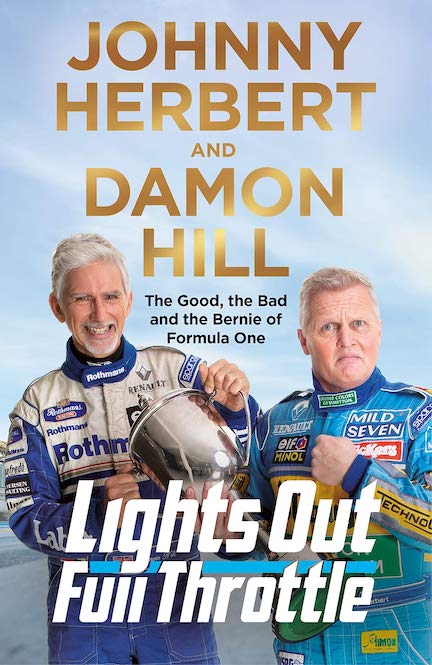
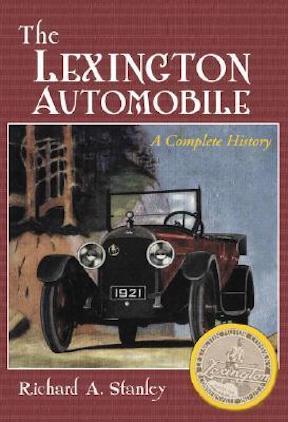
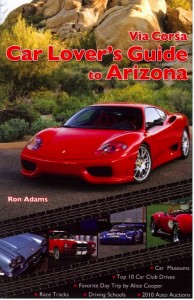
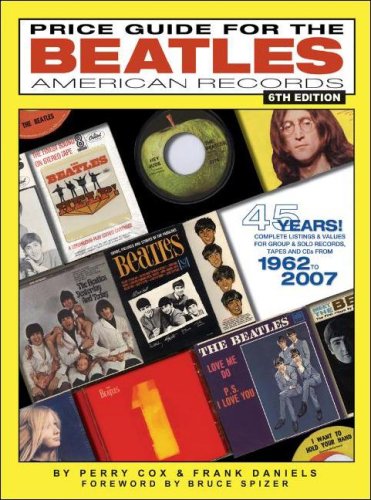
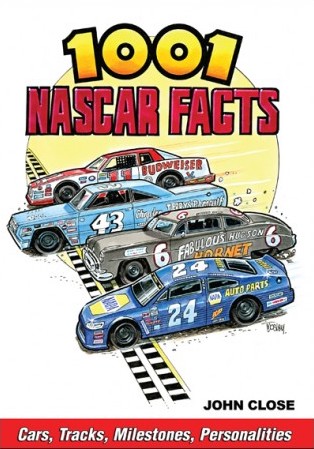
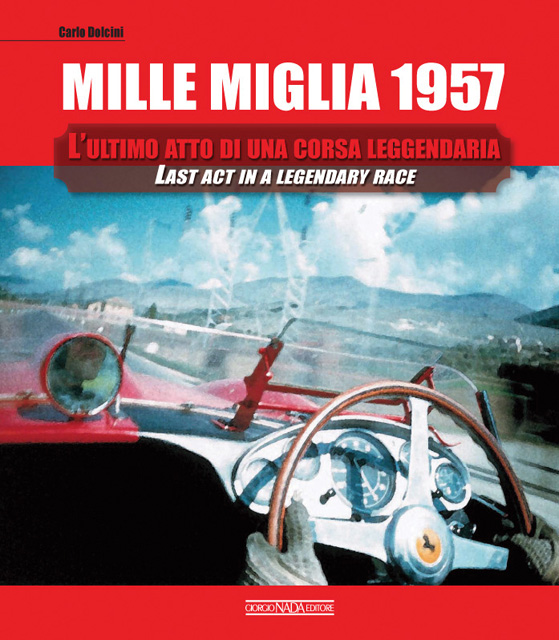
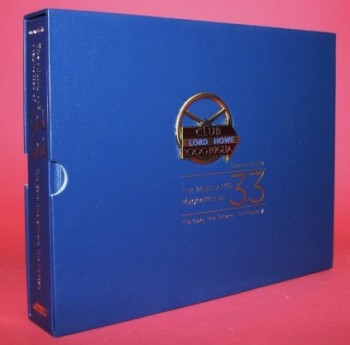
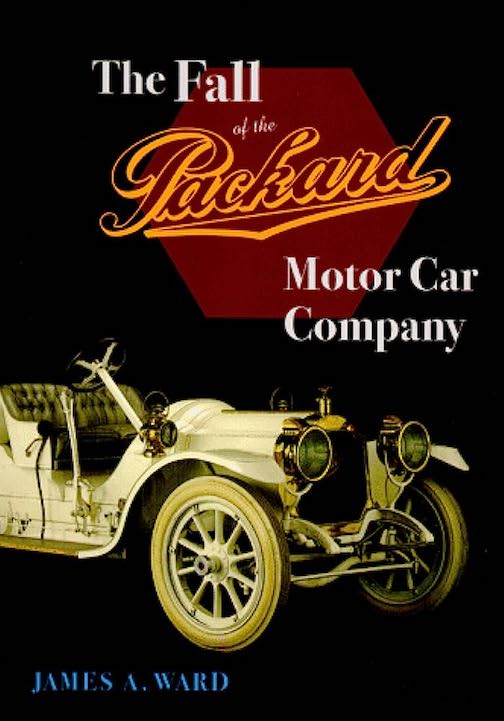
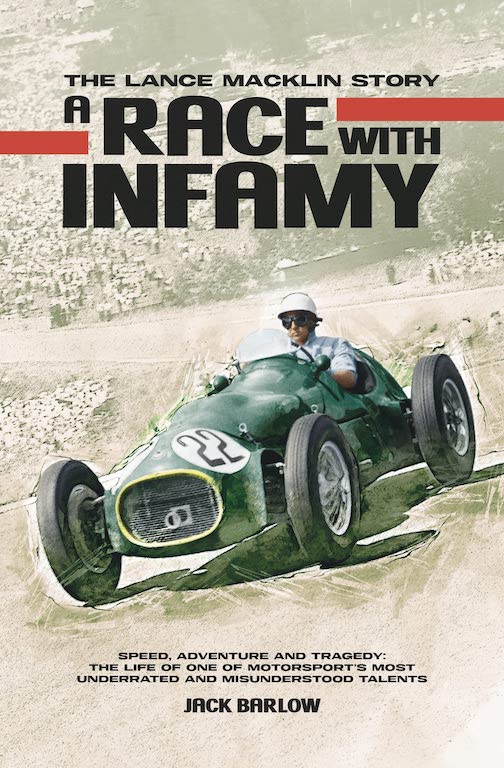


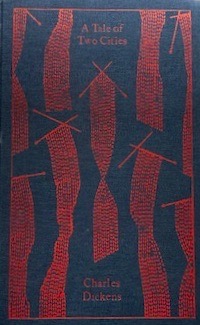
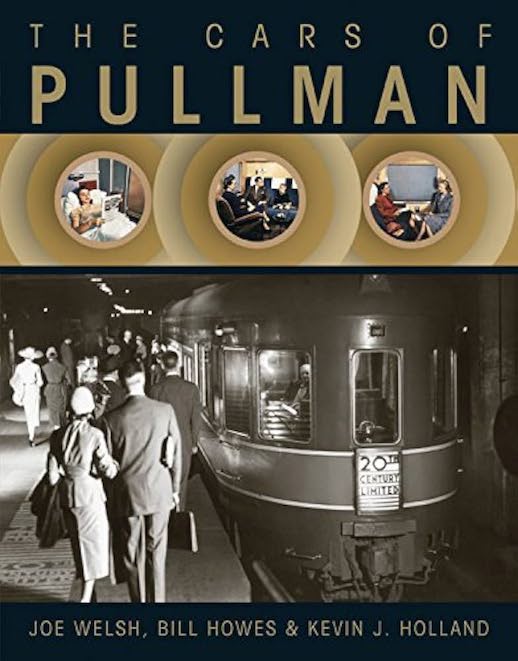
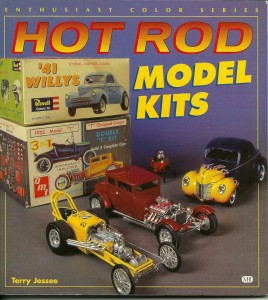
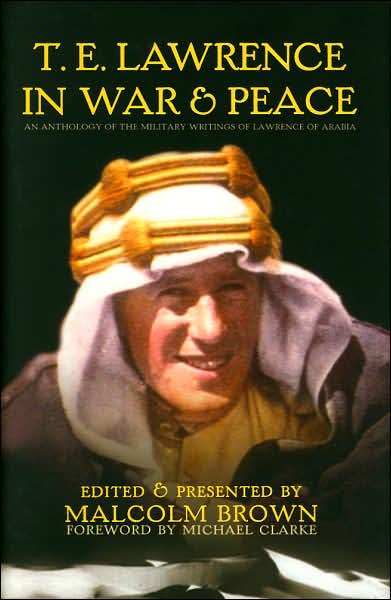
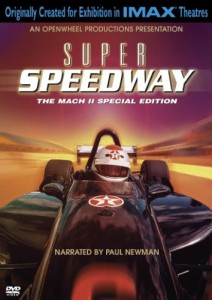
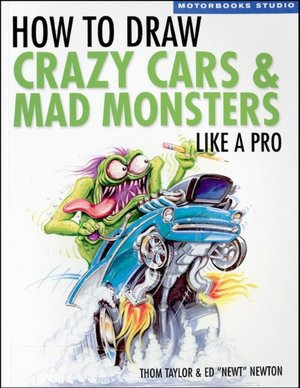
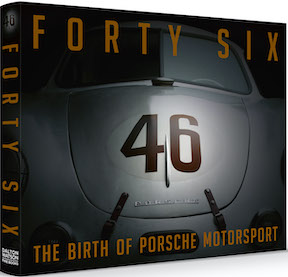
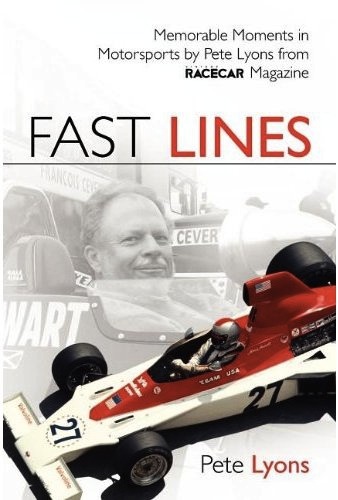
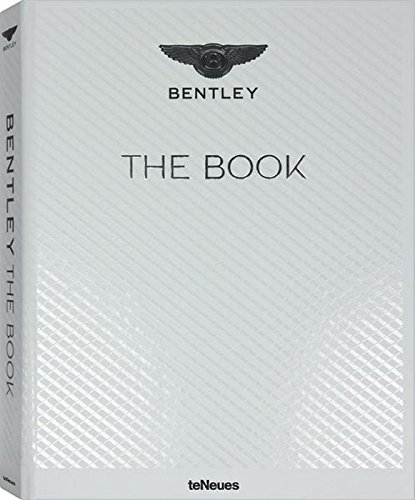
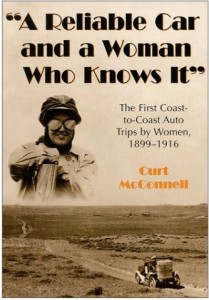
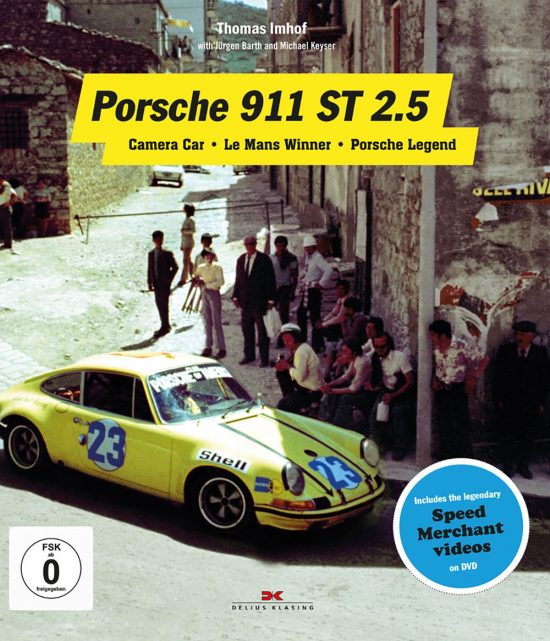
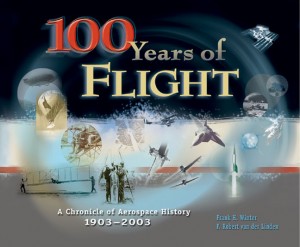
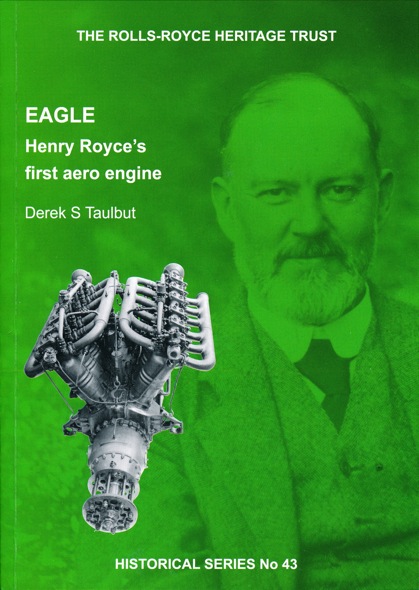
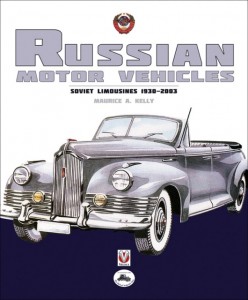
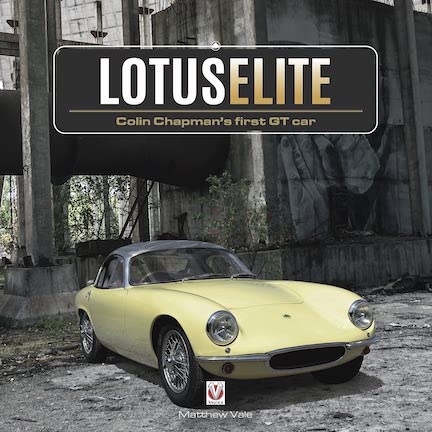
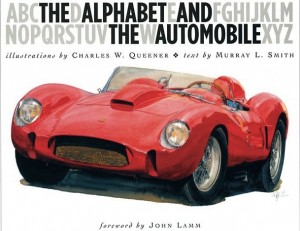
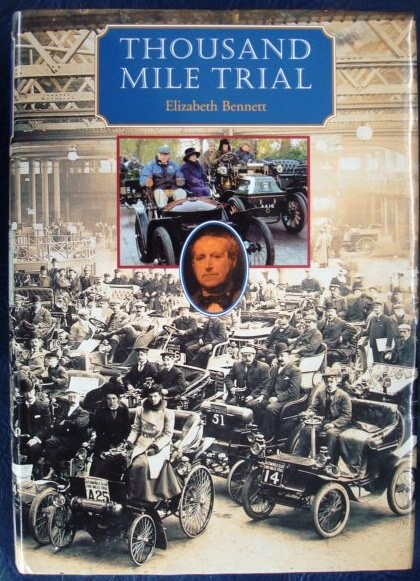
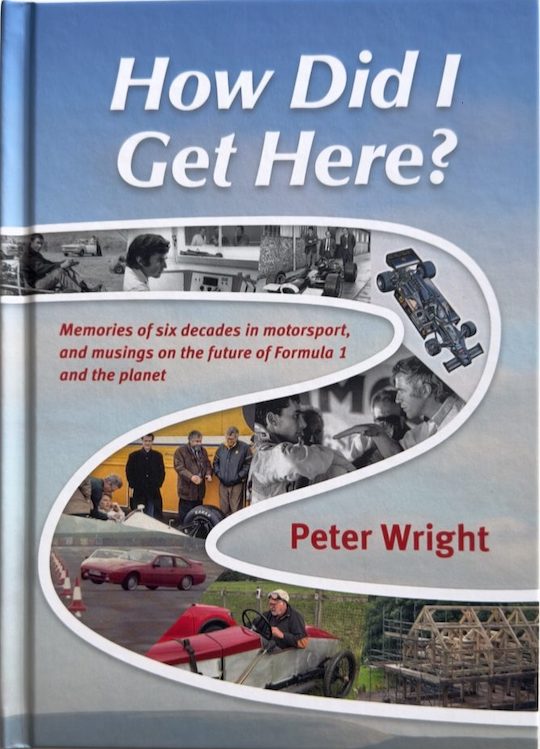
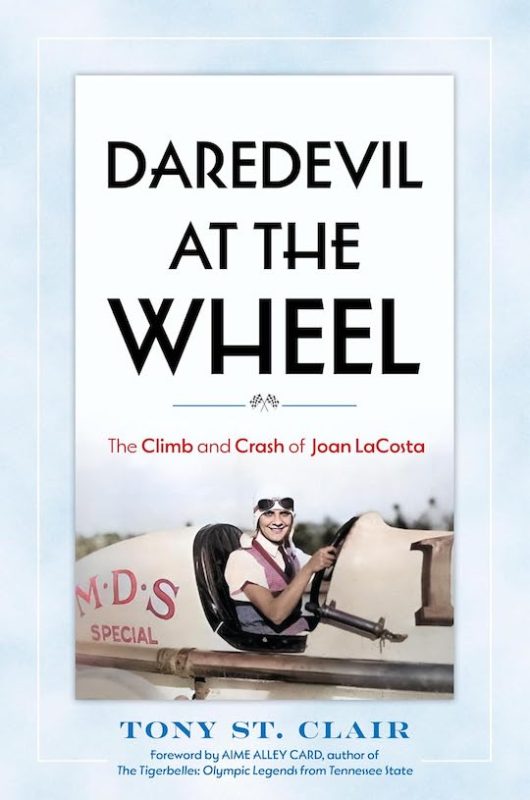
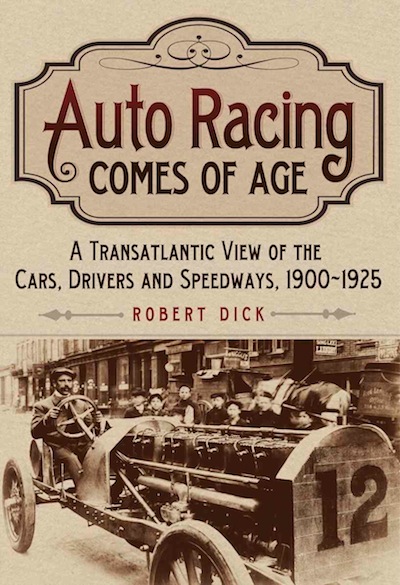
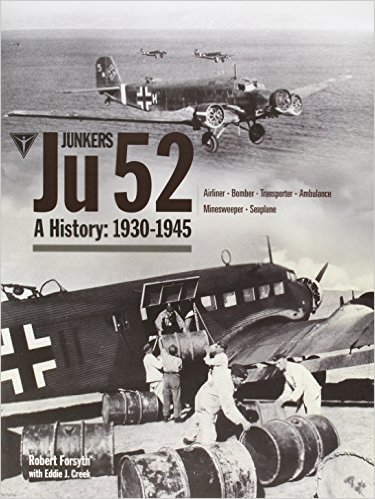
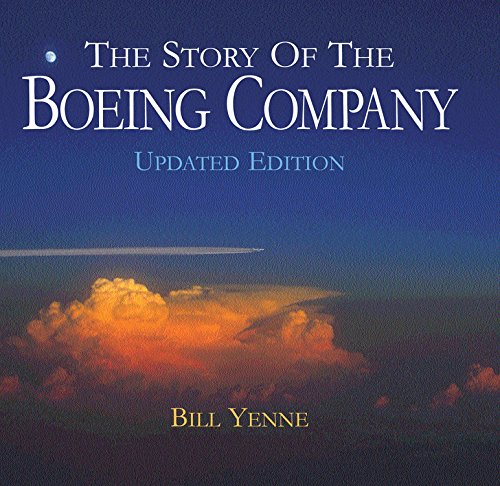
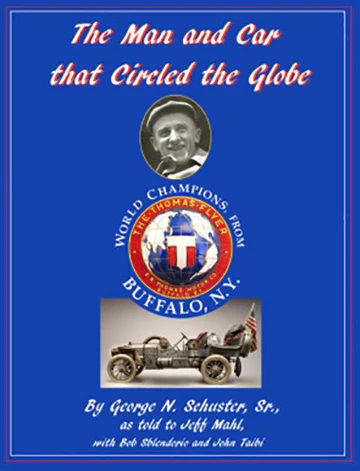
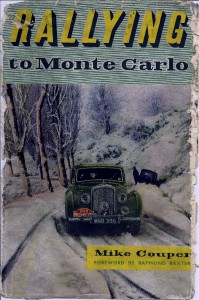
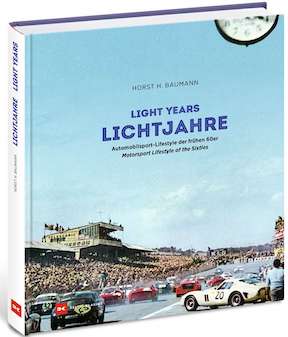
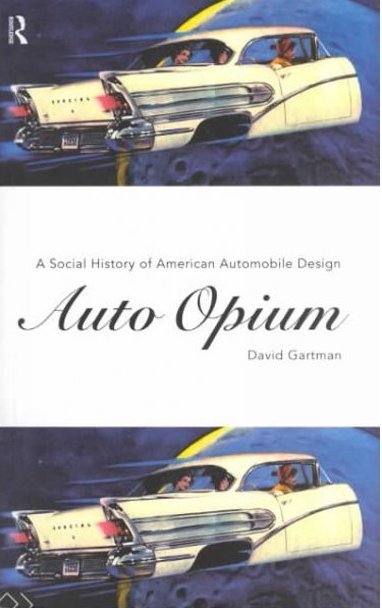
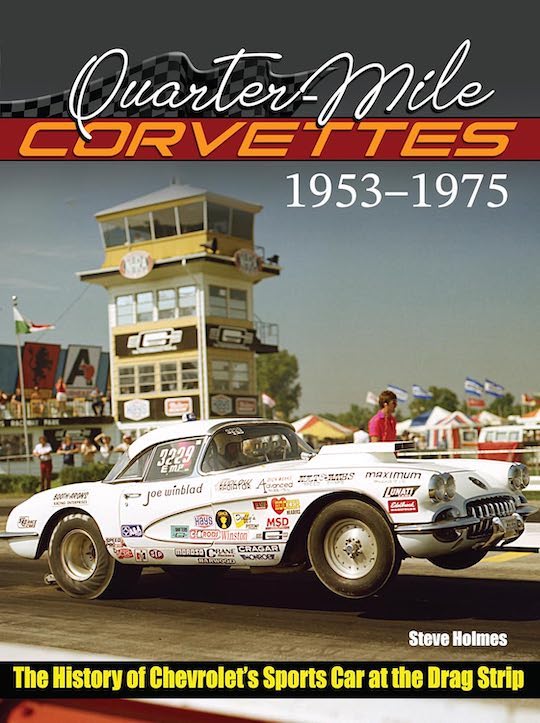
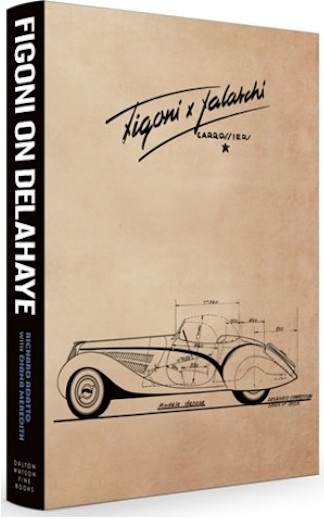
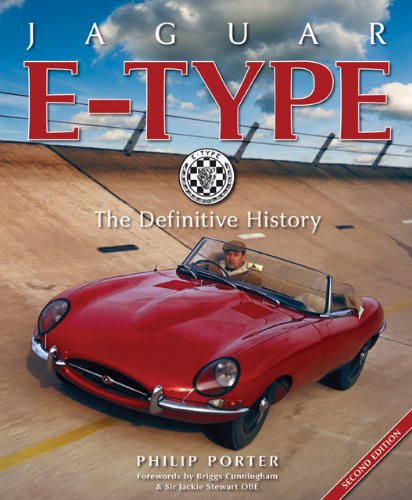


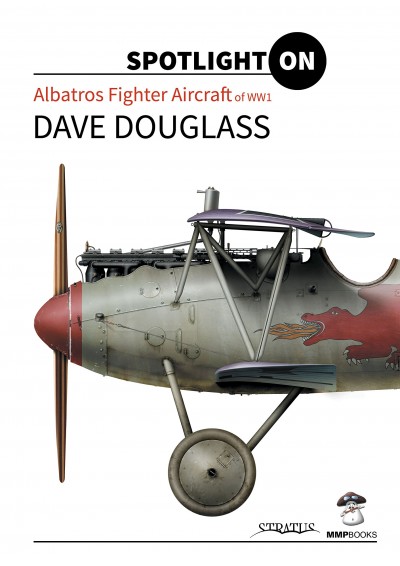

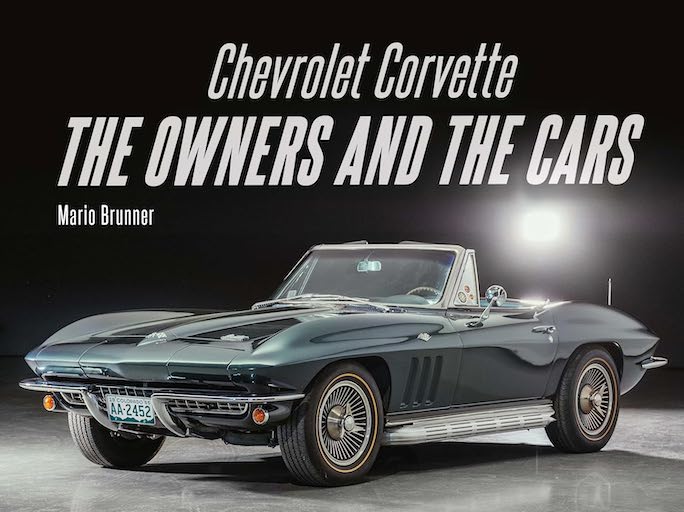
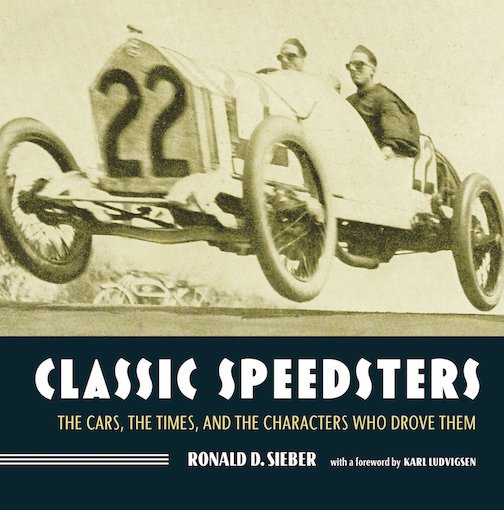
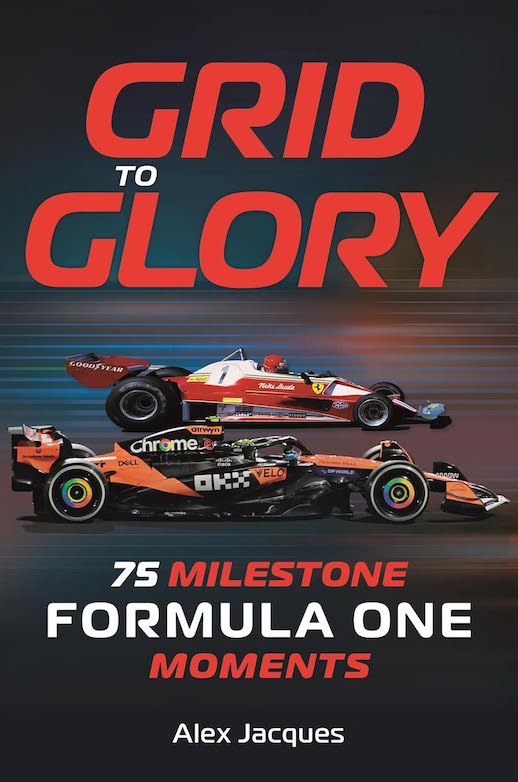
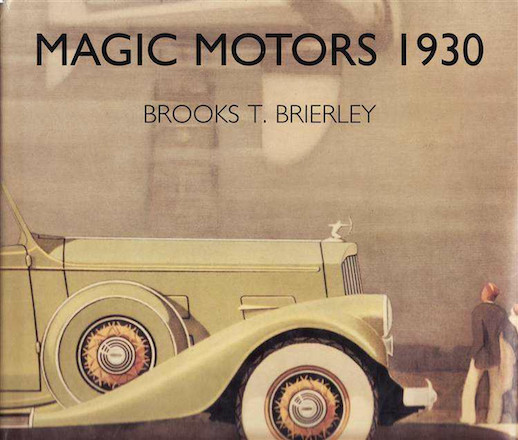
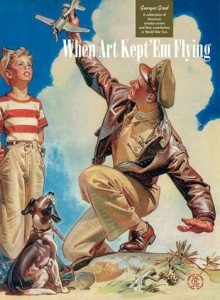
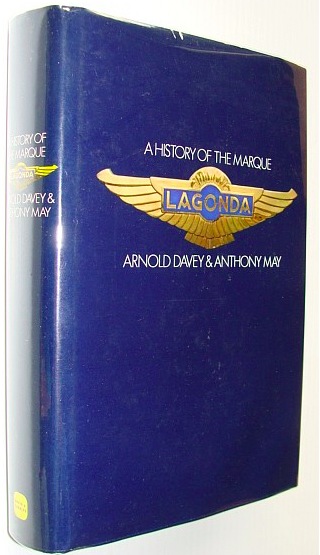
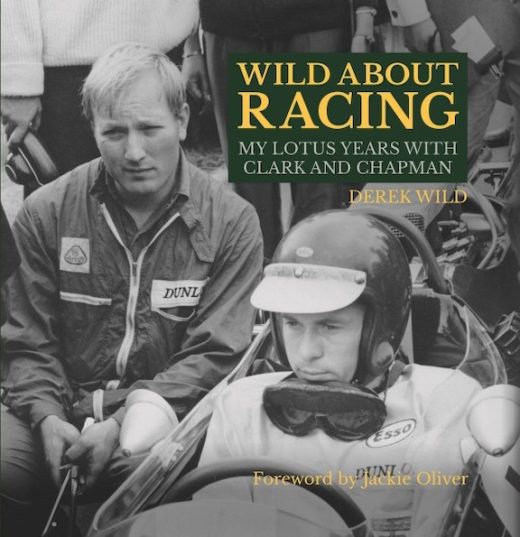
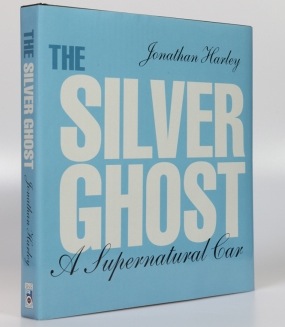
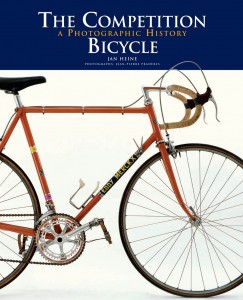
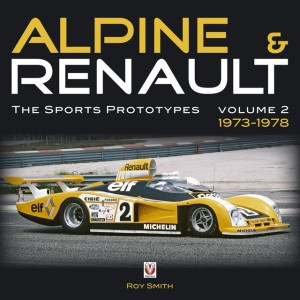
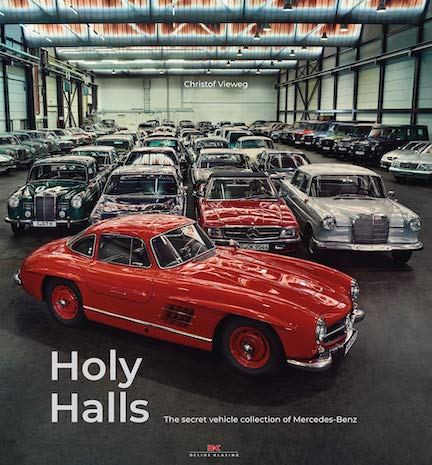
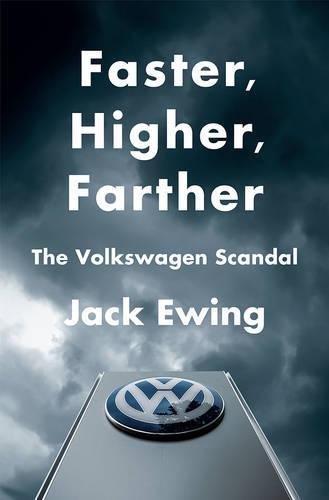
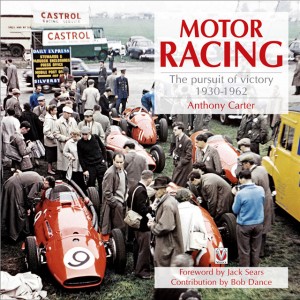
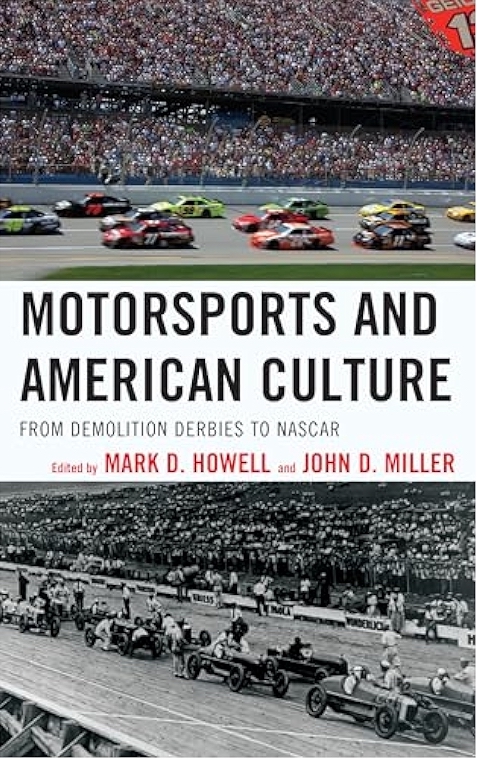
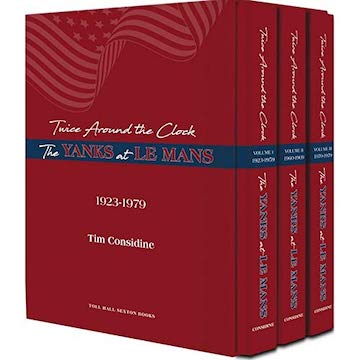
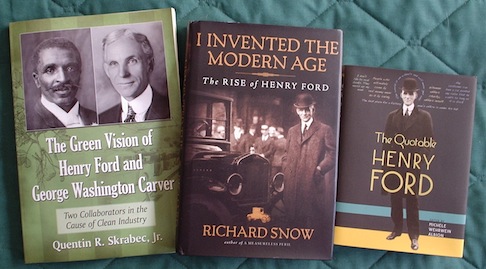
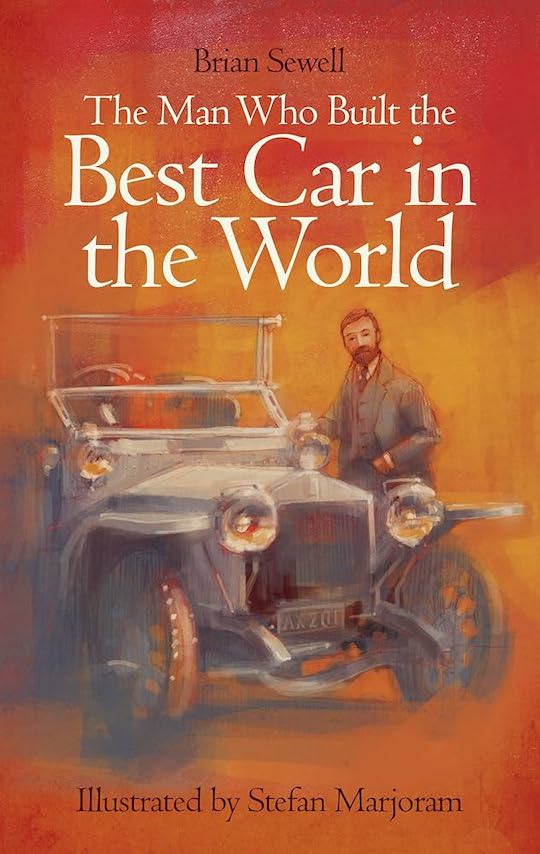

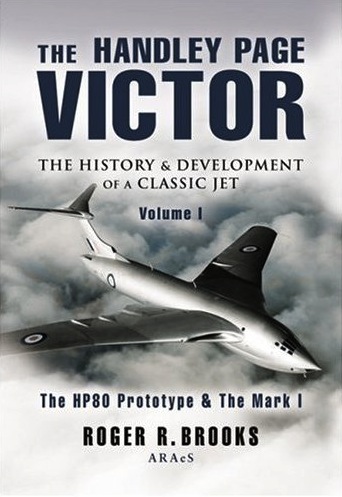

 Phone / Mail / Email
Phone / Mail / Email RSS Feed
RSS Feed Facebook
Facebook Twitter
Twitter